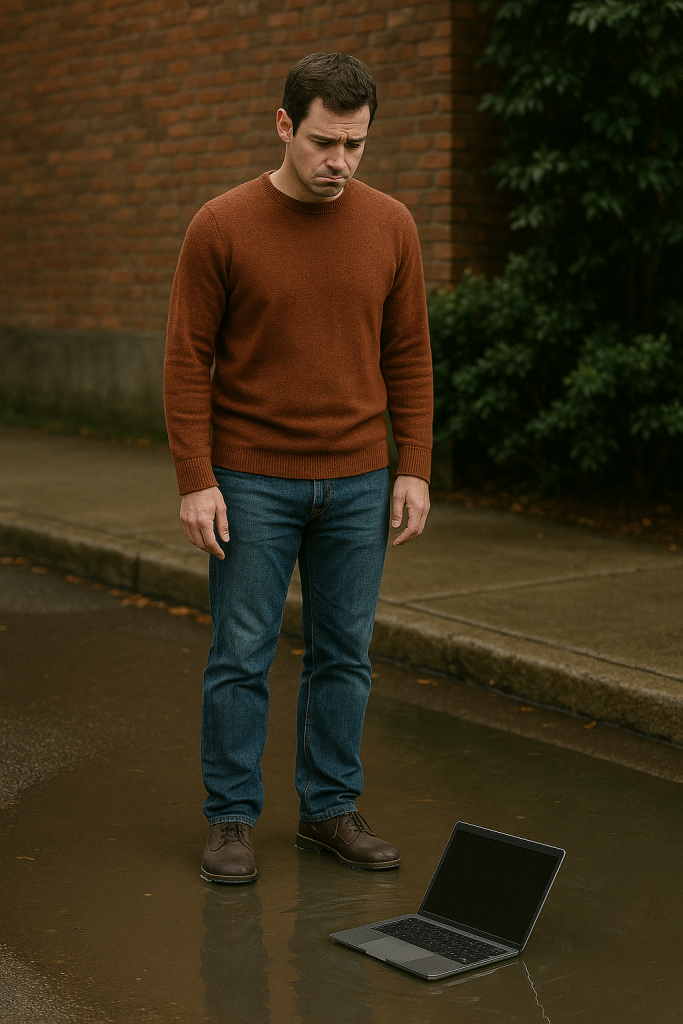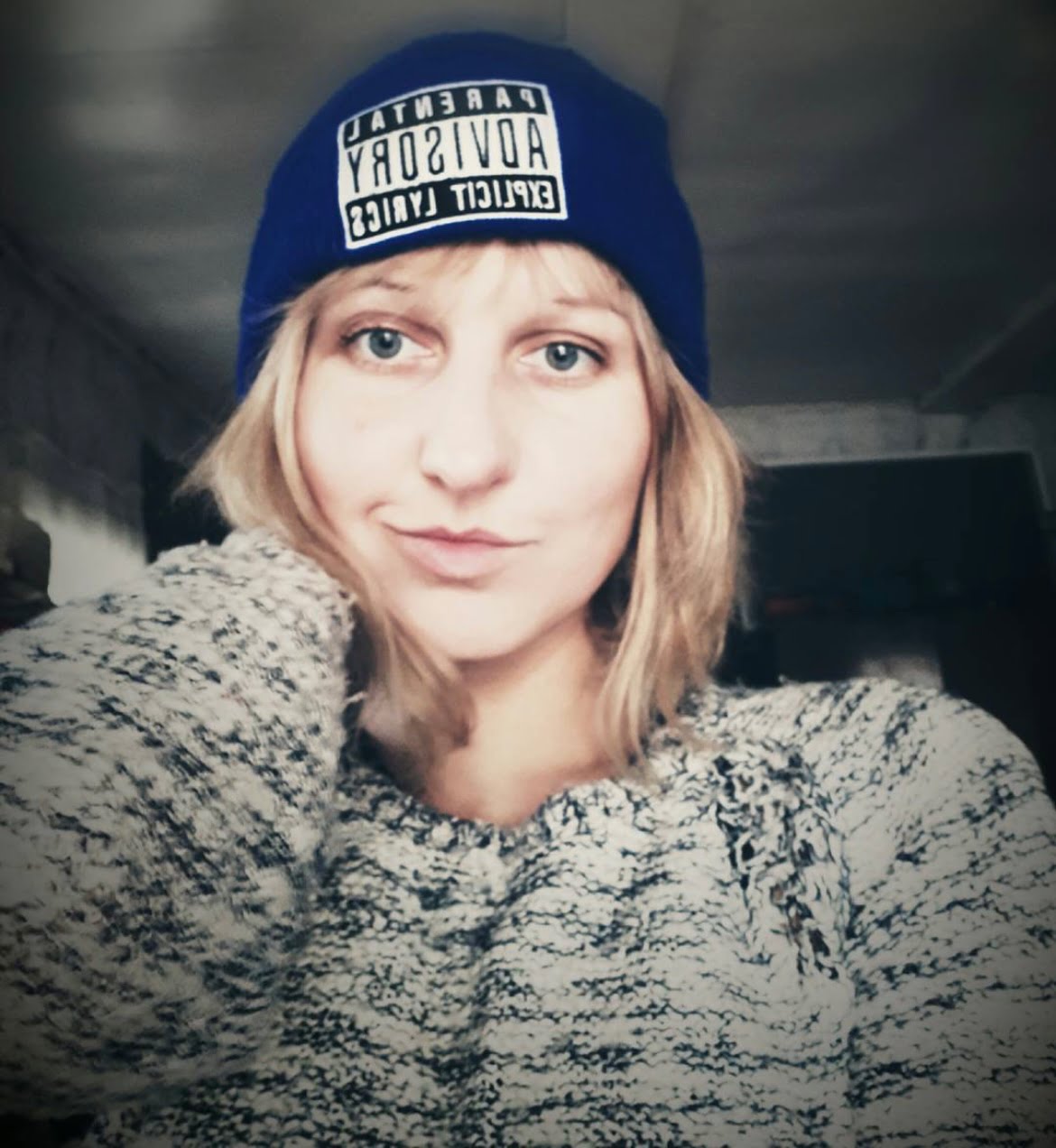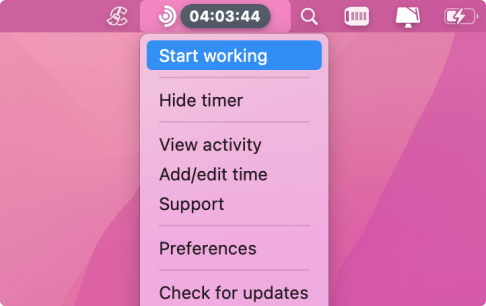
The Deep Work Dilemma
When I first started working remotely, I felt unstoppable. I could choose when and where to work, switch between projects freely, and set my own pace. What I didn’t expect was how easily my day could dissolve into endless notifications, calls, and chat messages.
Every ping pulled me away from what mattered most: the kind of meaningful work that requires focus and creative thought. I’m sure your remote team faces this same struggle. We’ve built entire systems around collaboration, but few that protect our concentration.
Deep work, the ability to focus without distraction on demanding tasks, is the antidote. Yet cultivating it across a distributed team takes intention and structure.
What Deep Work Looks Like in Remote Teams
Author Cal Newport describes deep work as a state of full concentration that pushes your skills and creativity to their limit. It’s what happens when you write, code, design, or solve problems without interruption.
In remote environments, this kind of focus is constantly under attack. Messages, virtual meetings, and “quick check-ins” fragment the workday into scattered shards of attention. I’ve seen talented professionals spend hours online without making meaningful progress, simply because they never had uninterrupted time to think.
Creating space for depth doesn’t need to mean retreating from your team. Deep work is about being deliberate and making time for both quiet concentration and productive collaboration.
Why Focus Fails in Distributed Work
Remote teams often fall into the trap of overcommunication. The same tools that help us stay connected can overwhelm us. Reports show that remote meetings have increased by roughly 60 percent since 2020, while hybrid work has led to more fragmented collaboration patterns.
Many professionals also feel the need to prove they’re active. They respond instantly, check messages late at night, and fill every hour with visible busyness. Without clear “focus hours,” the day becomes a constant juggling act between chatting and chasing deadlines.
I’ve worked with teams that kept Slack open all day, afraid to miss a message. But once we agreed to block quiet hours for focused work, productivity improved and stress dropped almost overnight.
The Cost of Shallow Work

When attention is spread too thin, creative output suffers. Research from the American Psychological Association shows that switching between tasks can cut productivity by up to 40%. The human brain simply needs time to reorient itself after every distraction.
I learned about this “reorentation delay” the hard way. When I first began tracking my time and activity patterns using Traqq, I was unpleasantly surprised by how often I drifted from one unfinished task to another. I was working long hours but accomplishing little. Once I began setting and protecting focus blocks, I produced better work in fewer hours.
Building a Culture of Focus
To foster deep work across a team, structure matters. Start by defining dedicated focus hours and making them part of the company rhythm. During these blocks, notifications stay muted, and meetings are off-limits. Encourage everyone to log their focus periods in a shared calendar so others can plan around them.
Asynchronous communication is another habit you need to develop if you want deep focus to be an effective part of your workflow. When teams rely on tools like Notion or Basecamp for updates, they reduce the pressure for instant replies. Thoughtful responses replace rushed reactions, and decision-making improves.
Finally, data helps refine the process. Traqq’s productivity reports can reveal when your team’s energy peaks, helping managers schedule deep work sessions when people are naturally most focused.
How Traqq Supports Deep Work
Good tools encourage focus without forcing it. I’ve used Traqq both personally and alongside teams to understand work rhythms and identify distraction patterns.
The activity and productivity reports highlight when people do their best work, so leaders can align schedules accordingly. Idle and active time tracking helps spot unnecessary interruptions during key focus periods. And since deep work often happens offline (in planning, sketching, or problem-solving) Traqq continues tracking those hours accurately.
Most importantly, Traqq takes a privacy-first approach. It doesn’t rely on screenshots or invasive monitoring, which means employees can work with confidence and trust. That environment of respect is what makes deep work sustainable.
Balancing Focus and Collaboration

Despite your gut instinct to the contrary, deep work and collaboration aren’t polar opposites. They reinforce each other when managed well. Teams thrive when they know when to connect and when to unplug.
One effective approach is to schedule collaboration windows. Reserve certain hours of the day for brainstorming, updates, or meetings, and keep them consistent so everyone knows when real-time input is expected. The rest of the day should belong to focused work.
Another good strategy is to rotate meeting-free days. Research from MIT Sloan Management Review found that companies reducing meetings by 40 percent saw productivity jump 71 percent. Other analyses echo this sentiment, showing that meeting overload leaves most employees drained and less creative.
Asynchronous tools like Miro and Loom can also replace constant calls. I’ve worked with teams who used shared boards and video updates to collaborate effectively without interrupting one another’s flow. Communication improved without much pushback, and projects moved faster overall.
Culture Is the Key to Deep Work
Policies alone won’t change behavior, but culture certainly will. Leaders have to model deep work by respecting focus time and avoiding late-night messages. When managers demonstrate balance, the team naturally follows.
Rewarding outcomes rather than visibility also helps. The best employees aren’t the ones who respond the fastest; they’re the ones who create lasting value. Teaching teams to value depth over activity encourages thoughtful, high-quality work.
Companies like Shopify, Basecamp, and GitLab have proven this approach works. Their “no meeting” blocks and async-first workflows improved both productivity and morale. When people have space to think, they show up to meetings more engaged and deliver better results.
The Future Belongs to Focused Teams

Remote work gives us freedom, but freedom without structure quickly turns chaotic. Deep work is what restores balance. It turns scattered hours into progress and busy schedules into real achievement.
The next phase of productivity isn’t about squeezing more tasks into a day. We need to design an environment where focus is respected, collaboration is purposeful, and teams trust each other to work without constant oversight.
Tools like Traqq make that easier to achieve. They show when the team is most productive, help visualize focus patterns, and build accountability without compromising privacy.
If your team is ready to work smarter instead of faster, start by protecting your focus hours — and let depth become your new measure of success.

